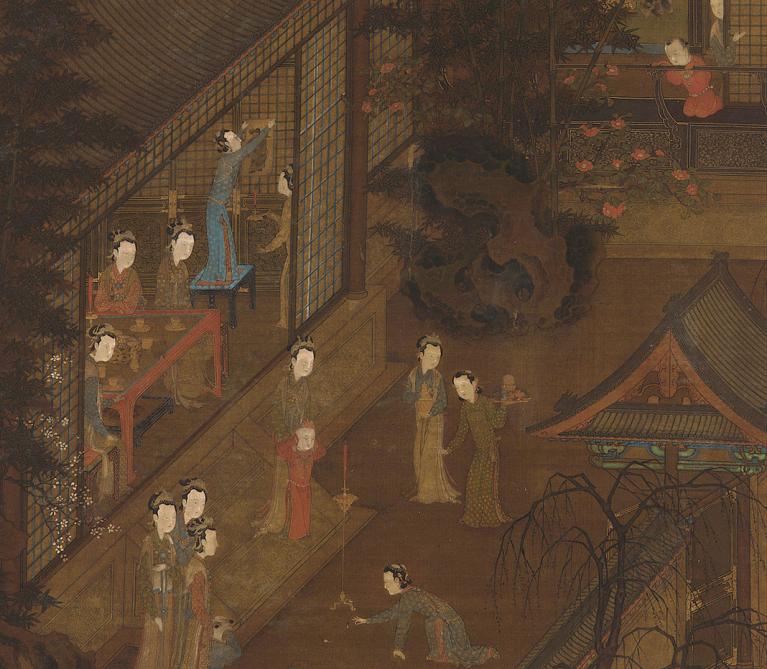Lectures
In the eyes of the 17th-century author and taste-maker Li Yu, how works of art, collected objects, and furnishings were displayed was of supreme importance. Li argued that the same principle that operates in placing scholar-officials in government positions according to their talents also applies to placing paintings, vases, or chairs in a room according to their inherent visual qualities. Other connoisseurs and collectors of the Ming and Qing periods shared Li’s concerns with staging the appreciation and use of objects, whether in the imperial court or in elite homes. Drawing on evidence from texts and from pictorial representations of interior spaces, these lectures will explore ways in which people interacted with and appreciated ensembles of objects, positing that interior decoration can serve as an essential tool to understanding Ming and Qing lifestyles and cultural values.
For a viewer of the Ming dynasty, a painting showing a woman hanging a print on a wall would have indicated unmistakably the time of year depicted, for only at the New Year would such a print have been placed on view. When certain images and objects were seen was planned with great care as part of the overall consideration given to how residential spaces were decorated. This lecture argues that arrangements of furniture and works of art in many different mediums were never random or casual, but rather were coordinated with seasonal changes and social occasions, as well as with the personal status and cultural values of the objects’ owners in the Ming and Qing. In addition, this lecture will highlight the continuity between interiors and garden spaces that was an essential consideration in the art of arranging and enjoying objects.
By the Qing period, profuse displays of objects, especially in cabinets designed with open, staggered, multi-tiered shelves, drawers, and small cupboards (duobaoge), were popular in both palaces and private residences. The assembled objects and the pieces of furniture that held them collectively conveyed auspicious and social messages. This lecture introduces the history of the duobaoge and investigates the practices, meanings, and psychological dimensions tied to groupings of objects, including the special category of antiquities known as bogu—ancient artifacts and later replicas of bronzes, jades, ceramics, and more that were valued by Qing dynasty antiquarians and collectors. Ownership of artifacts was an unmistakable sign of taste and status, but their proper display was as important as the quality of the objects themselves.
